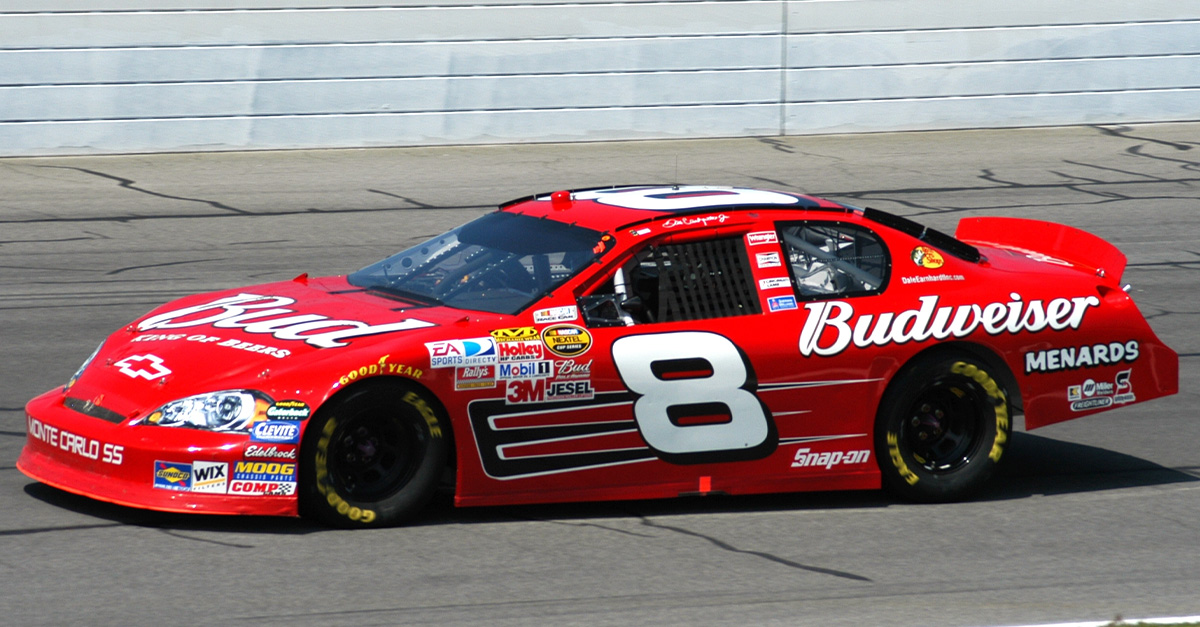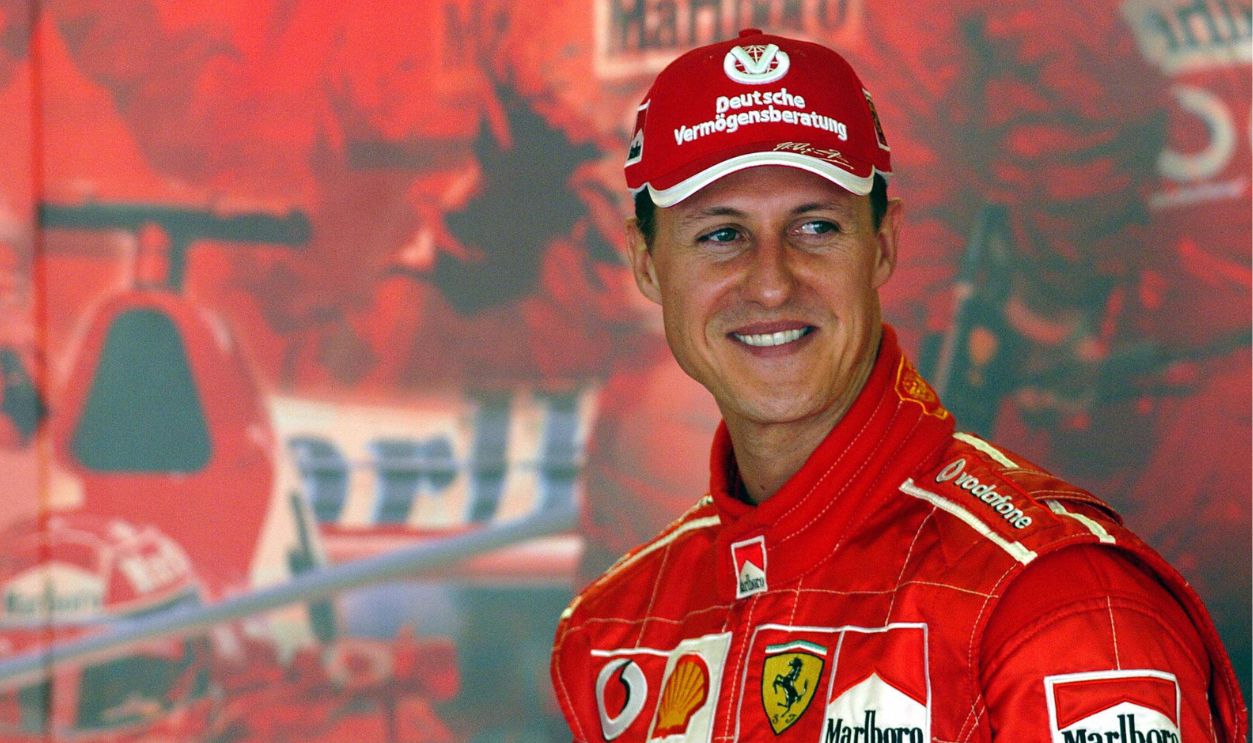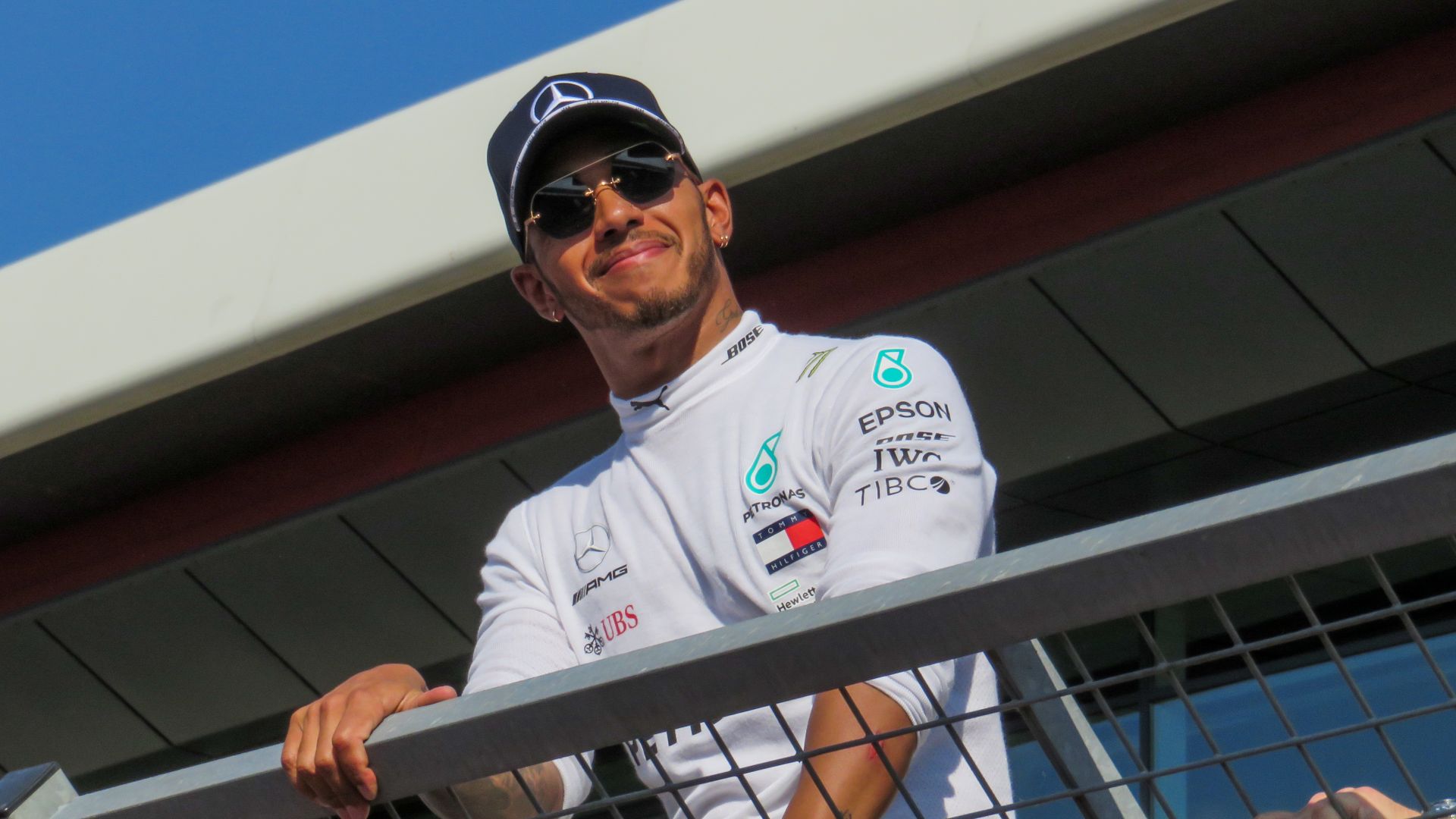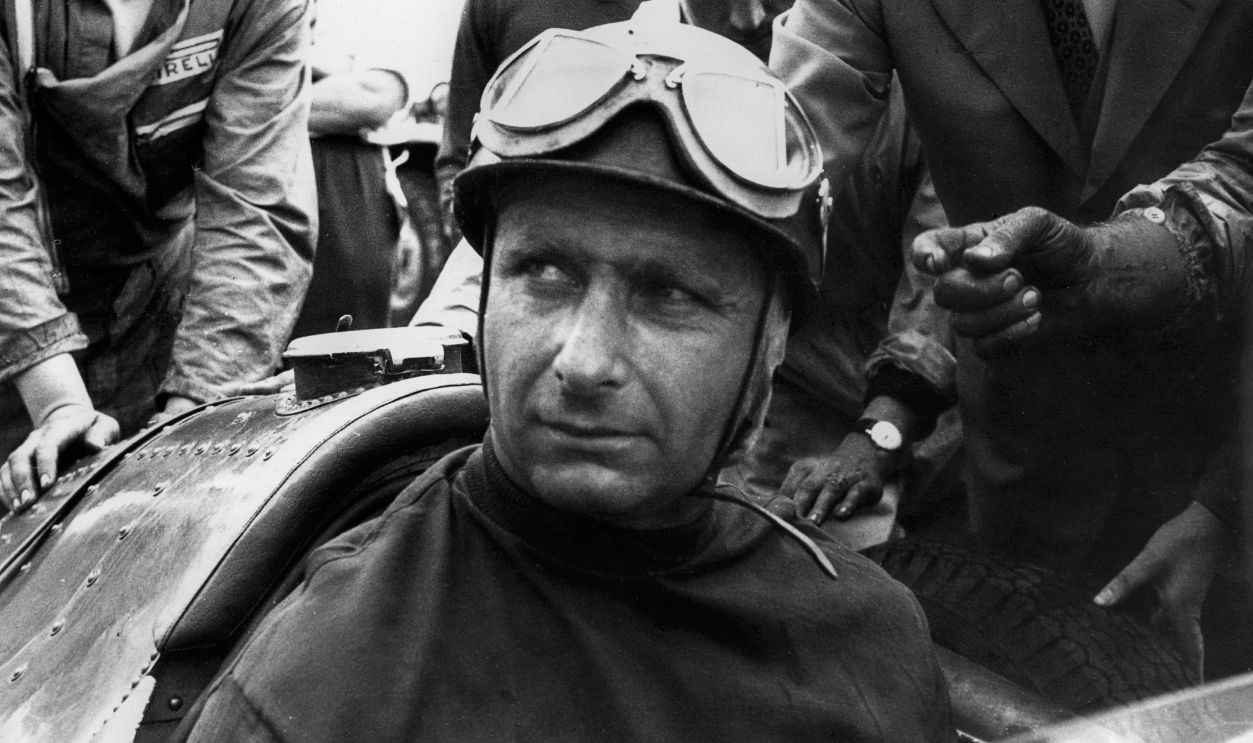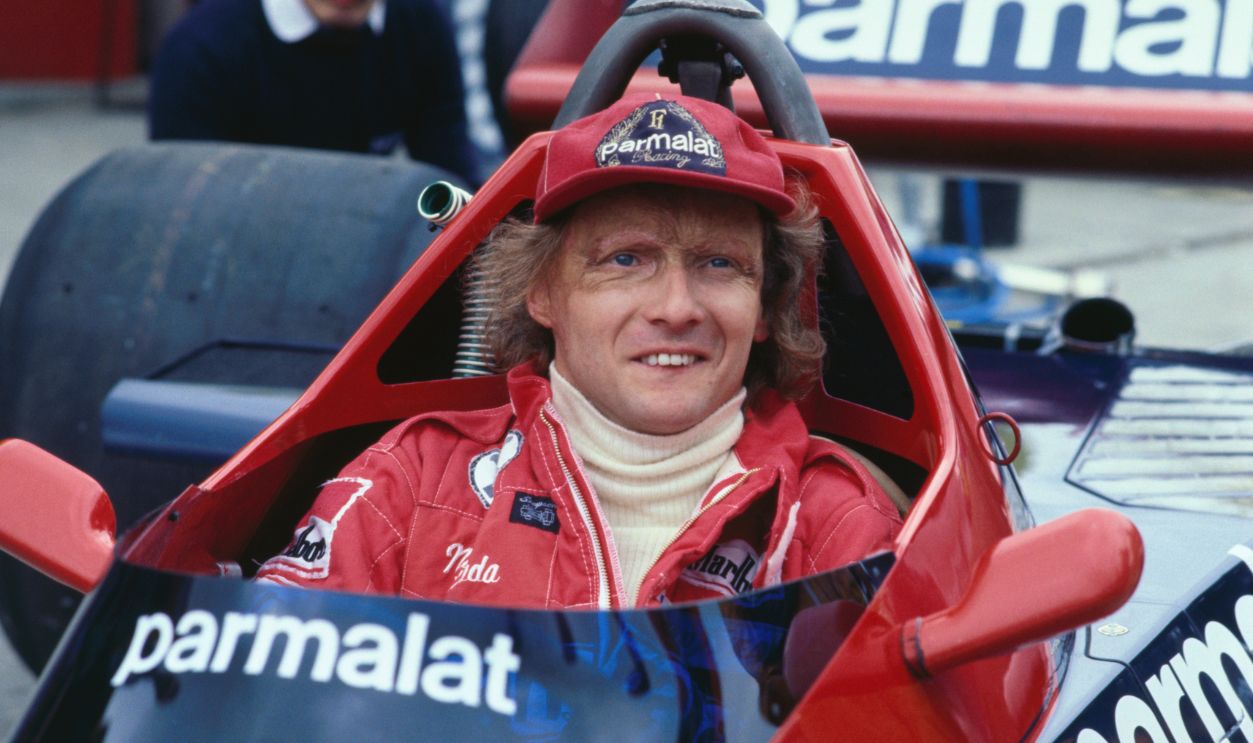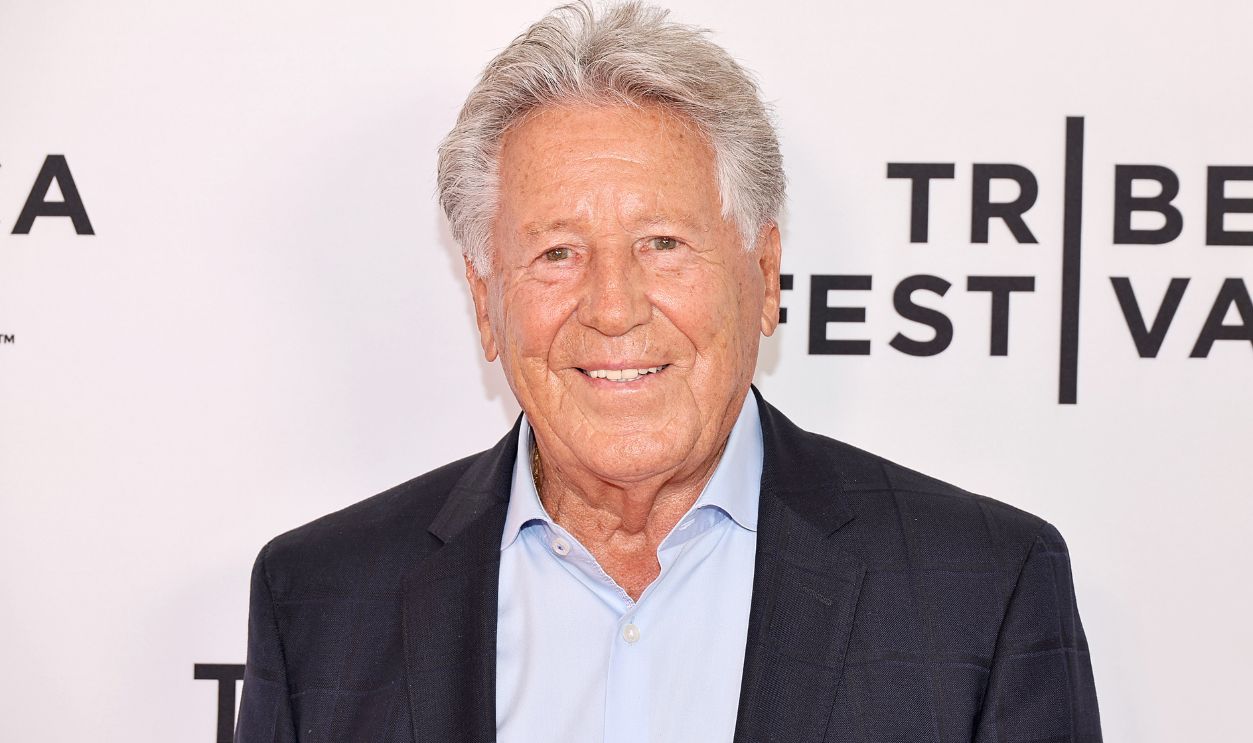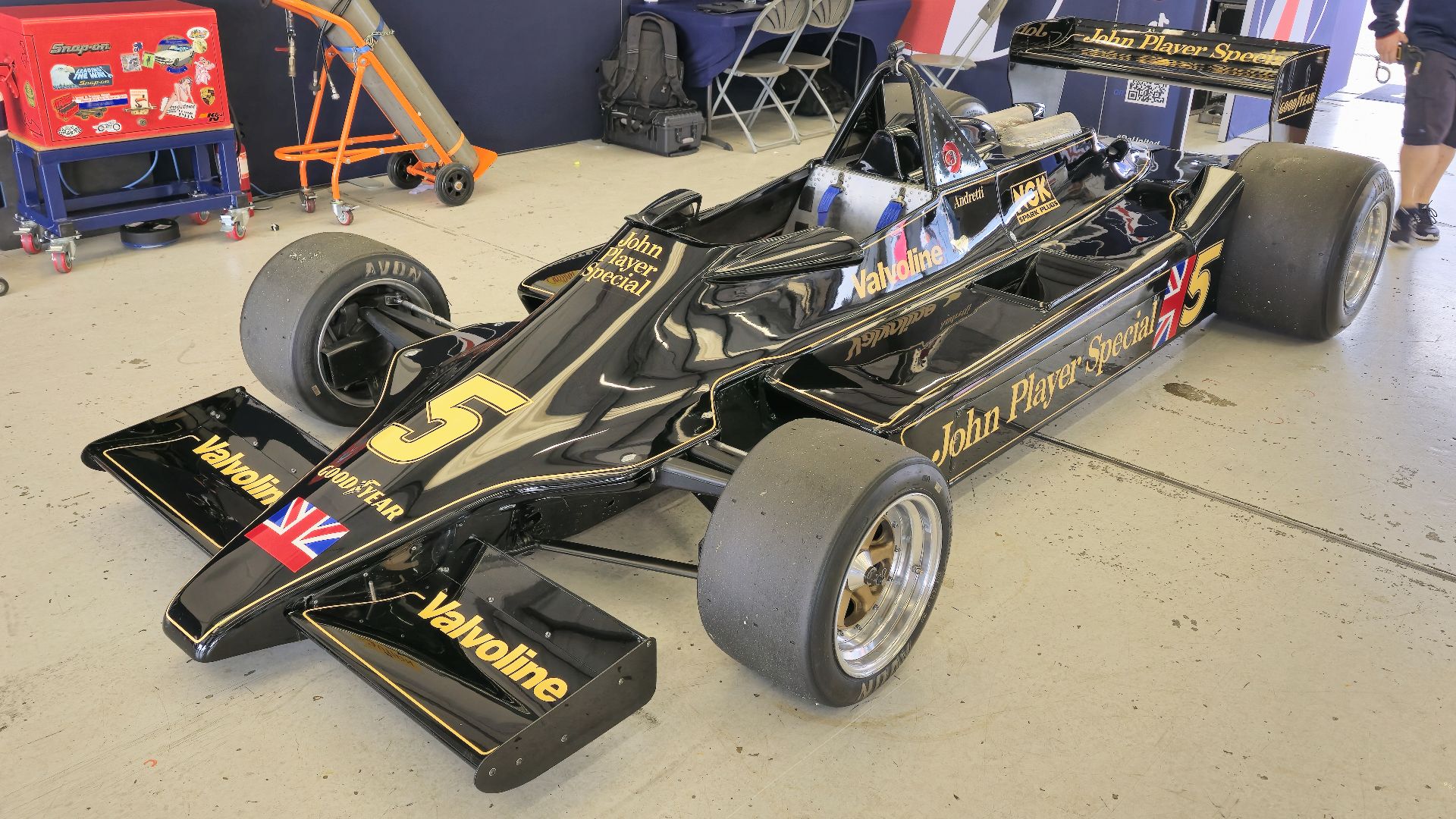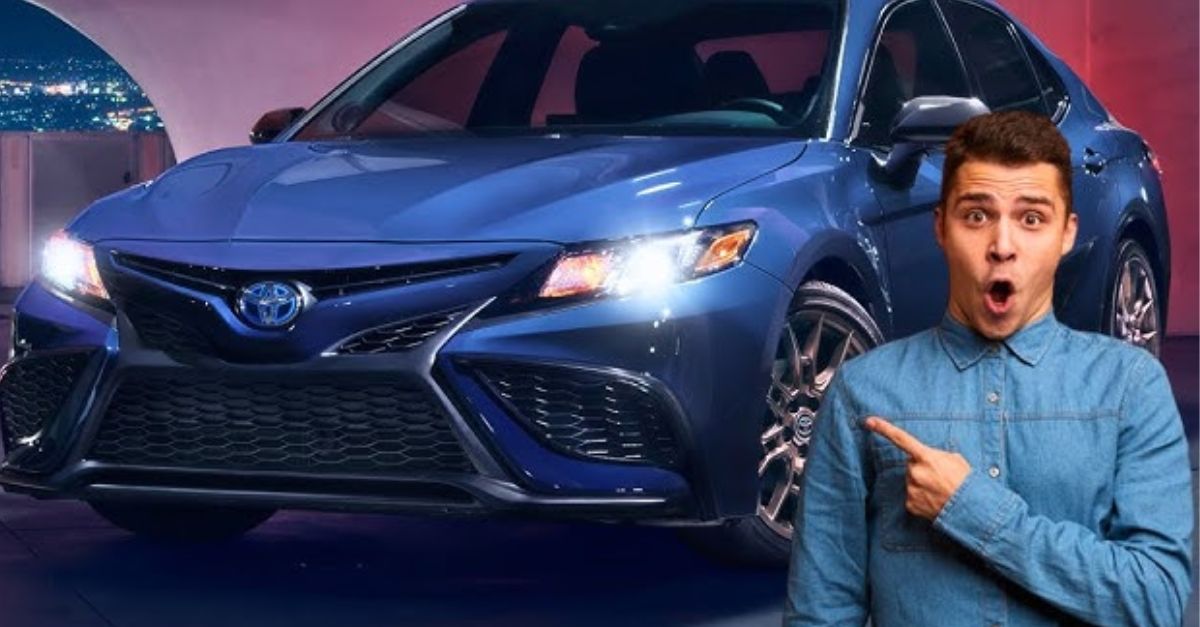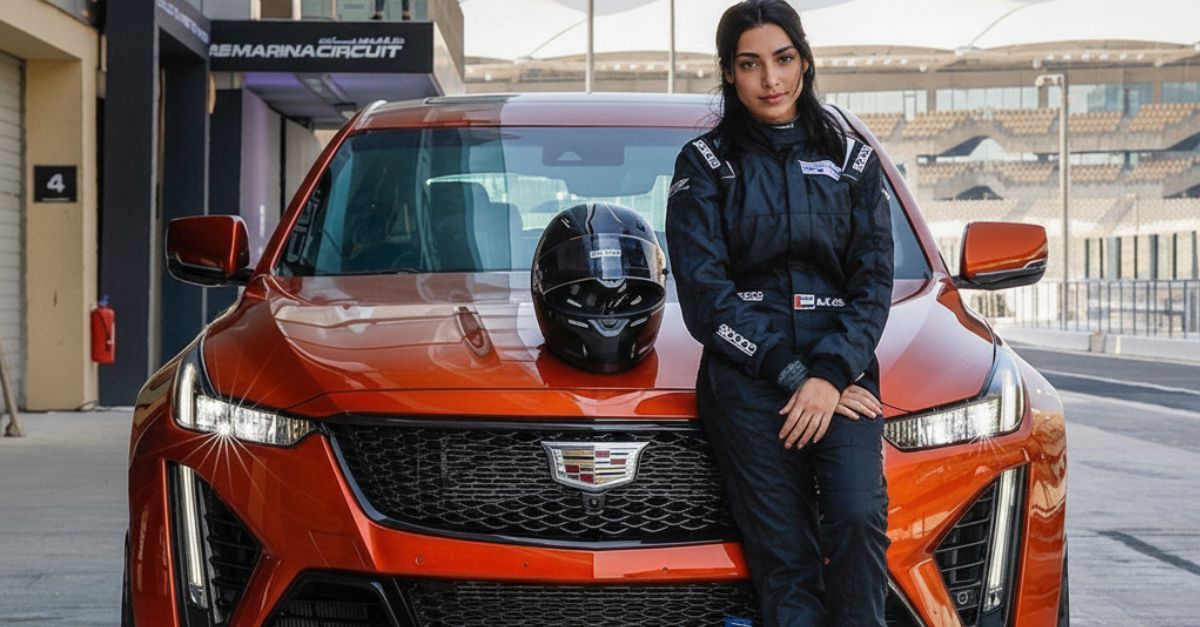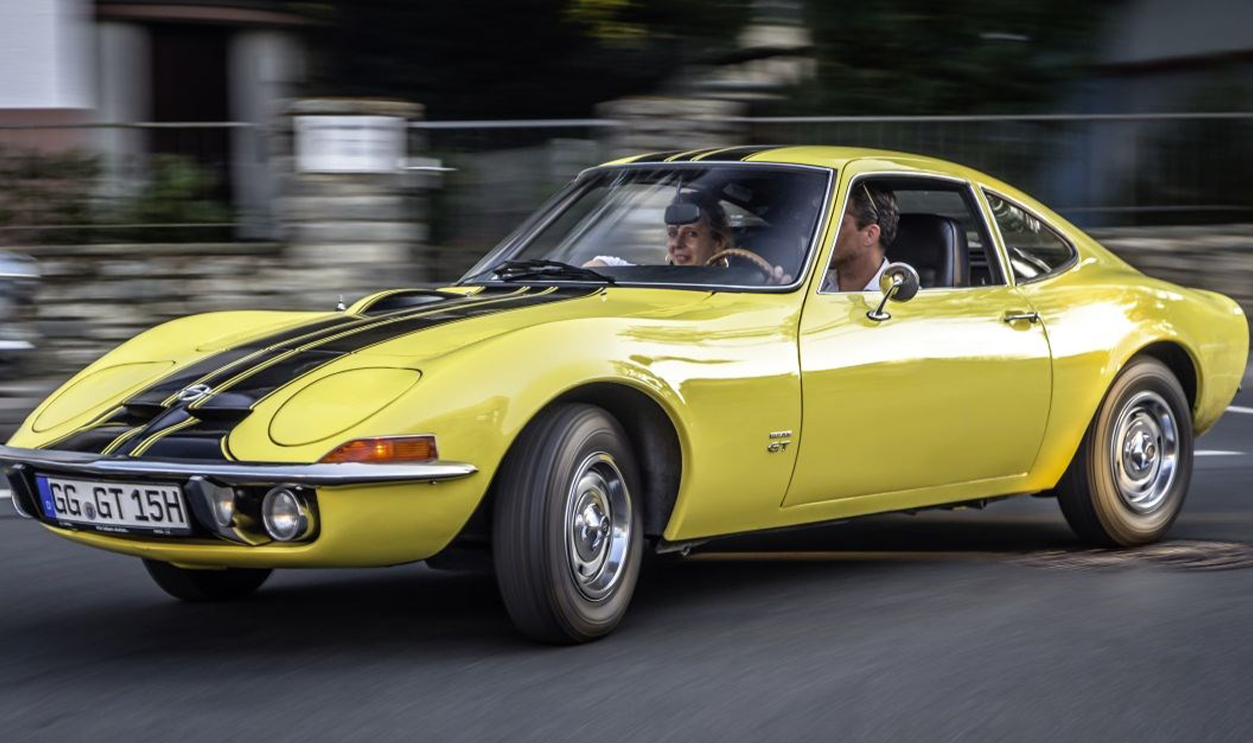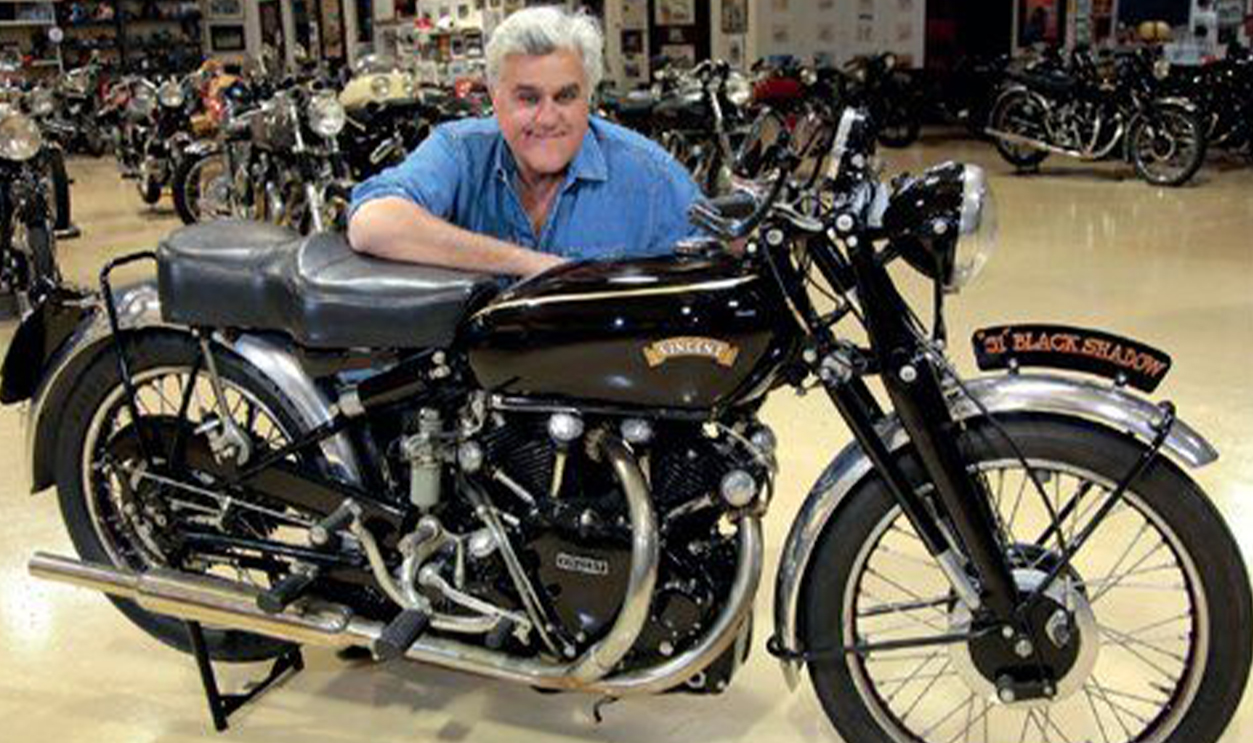The Greatest Racers & Their Greatest Machines
When it comes to motorsport, greatness isn’t built on talent alone—it’s forged in the perfect partnership between driver and machine. The legends of racing aren’t just remembered for their fearless skill or daring overtakes, but for the iconic cars that carried them to glory. From Senna dancing in the rain in his McLaren to Dale Earnhardt thundering around Daytona in his black Chevy, history is full of unforgettable pairings where man and machine became inseparable. Buckle up as we take a high-octane tour through twenty legendary racers and the cars that etched their names into motorsport immortality.
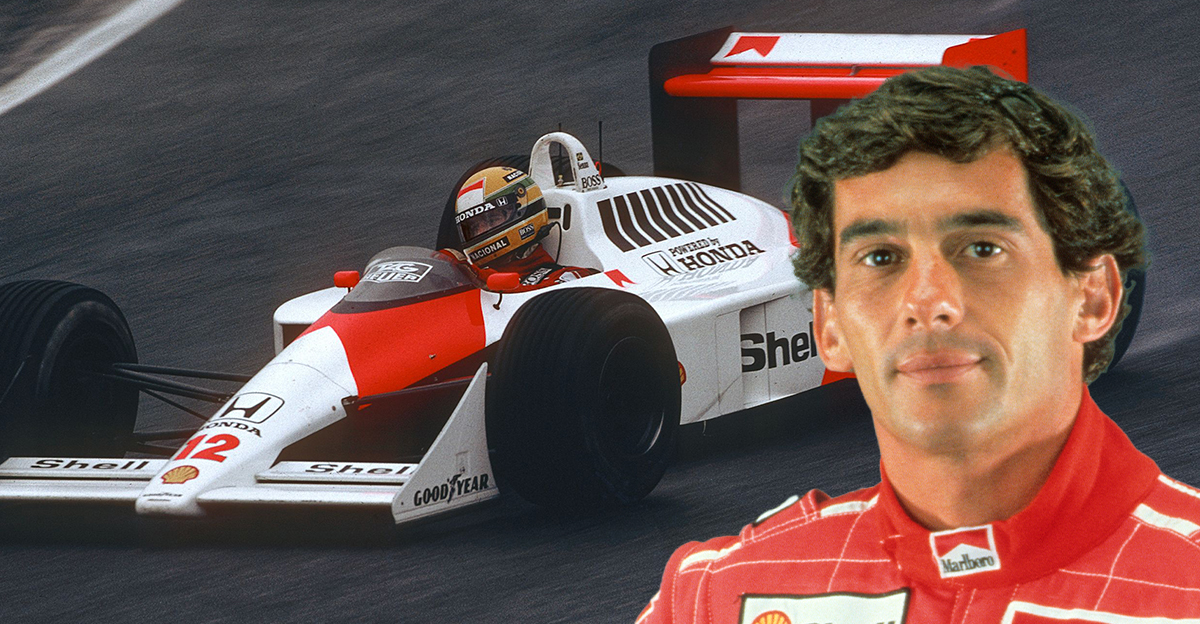
Ayrton Senna: The Rain Master
Few drivers embodied raw, fearless speed like Ayrton Senna. Known for his precision and almost spiritual connection with the track, Senna’s brilliance shone brightest in wet conditions—earning him the nickname “The Rain Master.” With three Formula One World Championships to his name, he remains one of the most revered figures in racing history.
 Instituo Ayrton Senna, Wikimedia Commons
Instituo Ayrton Senna, Wikimedia Commons
McLaren MP4/4: Senna’s Dominating Machine
The 1988 McLaren MP4/4 was a technological marvel, designed by Steve Nichols and Gordon Murray. Powered by a turbocharged Honda V6, the car won 15 out of 16 races that season. Senna’s relentless skill combined with this aerodynamic masterpiece gave him his first World Championship, cementing his legend.
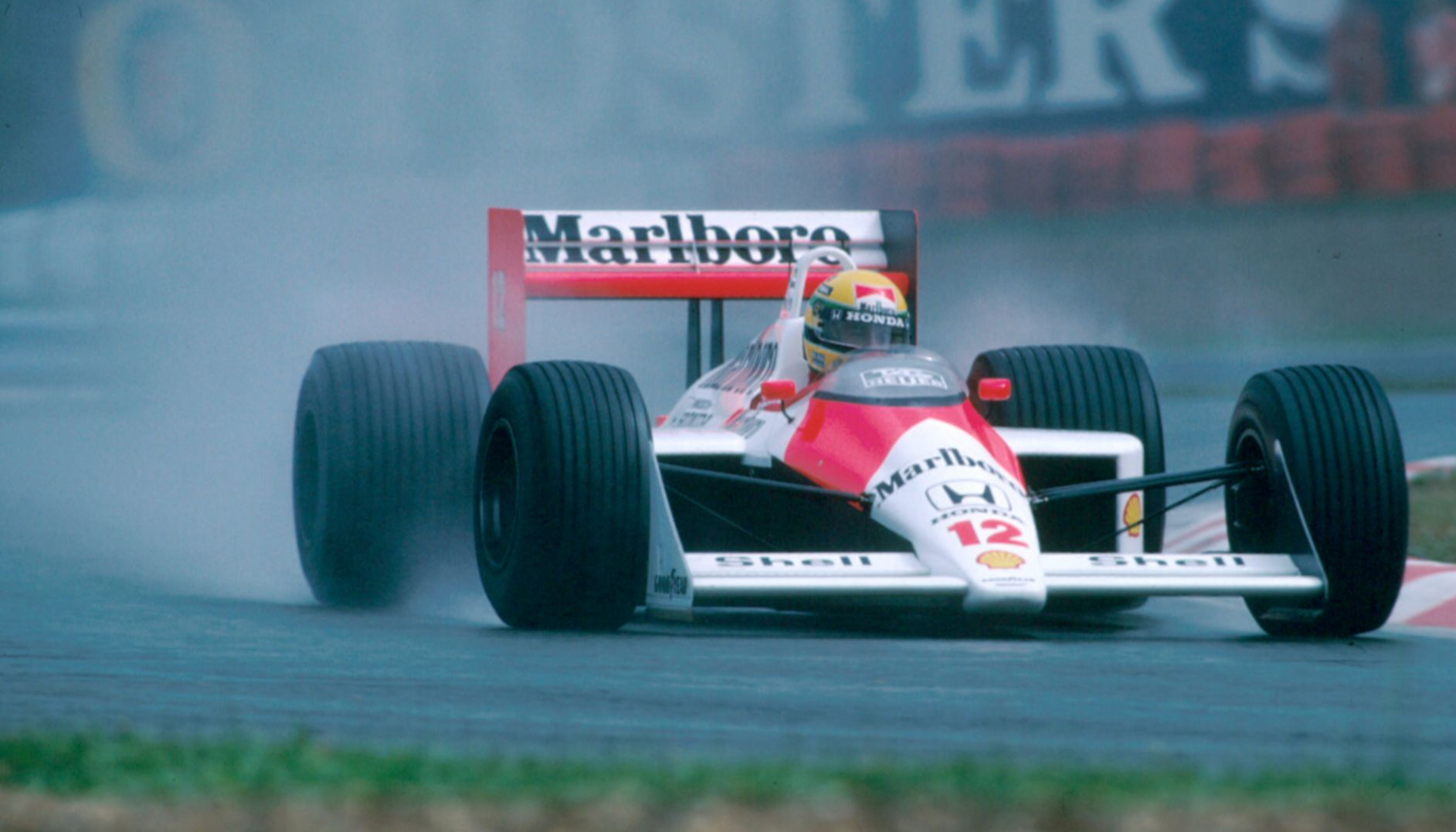 Instituto Ayrton Senna, Wikimedia Commons
Instituto Ayrton Senna, Wikimedia Commons
Michael Schumacher: The Ferrari Icon
Michael Schumacher wasn’t just fast—he was relentless, methodical, and terrifyingly consistent. With seven World Championships, he redefined Formula One dominance in the late 1990s and early 2000s, becoming synonymous with Ferrari red.
Ferrari F2004: A Record-Breaking Beast
The Ferrari F2004 remains one of the fastest F1 cars ever built. With its screaming 3.0L V10 producing over 900 horsepower, it shattered lap records still unbeaten at circuits like Monza and Spa. Schumacher piloted this scarlet rocket to 13 wins in 18 races, achieving his seventh and final championship.
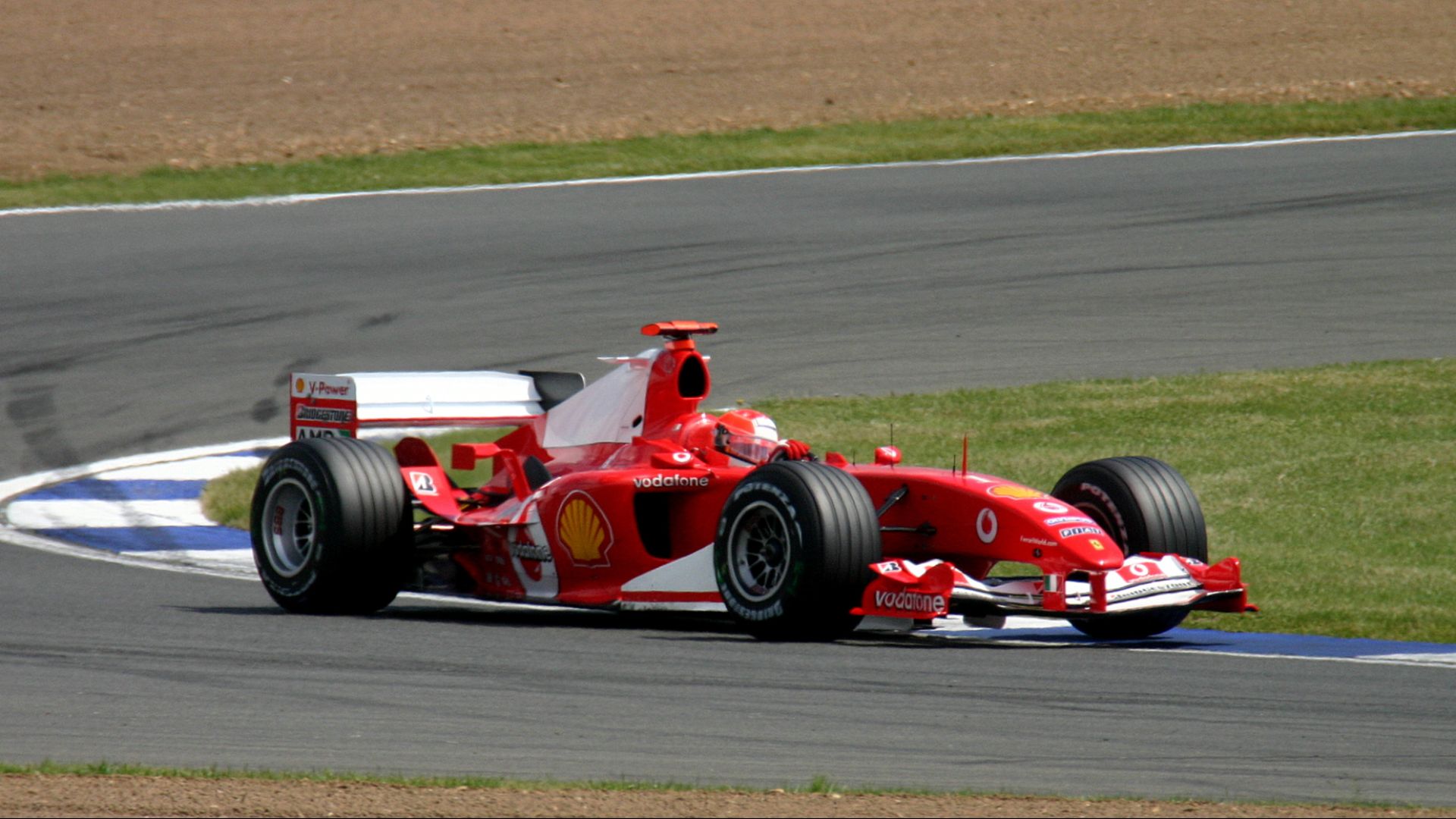 Martin Lee from London, UK, Wikimedia Commons
Martin Lee from London, UK, Wikimedia Commons
Lewis Hamilton: The Modern Master
Lewis Hamilton blends raw speed with unmatched adaptability. Rising from karting under humble beginnings, he has become the most decorated F1 driver in history, with over 100 wins and seven championships. Hamilton is as much a cultural icon as he is a racing legend.
Mercedes-AMG F1 W11 EQ Performance: The Hybrid Dominator
The 2020 W11 was a hybrid monster, powered by a turbocharged 1.6L V6 with electric assistance, delivering around 1000 horsepower. Hamilton’s mastery of the car secured him his seventh championship, equaling Schumacher. Its combination of speed, innovation, and efficiency made it one of the greatest racing machines ever built.
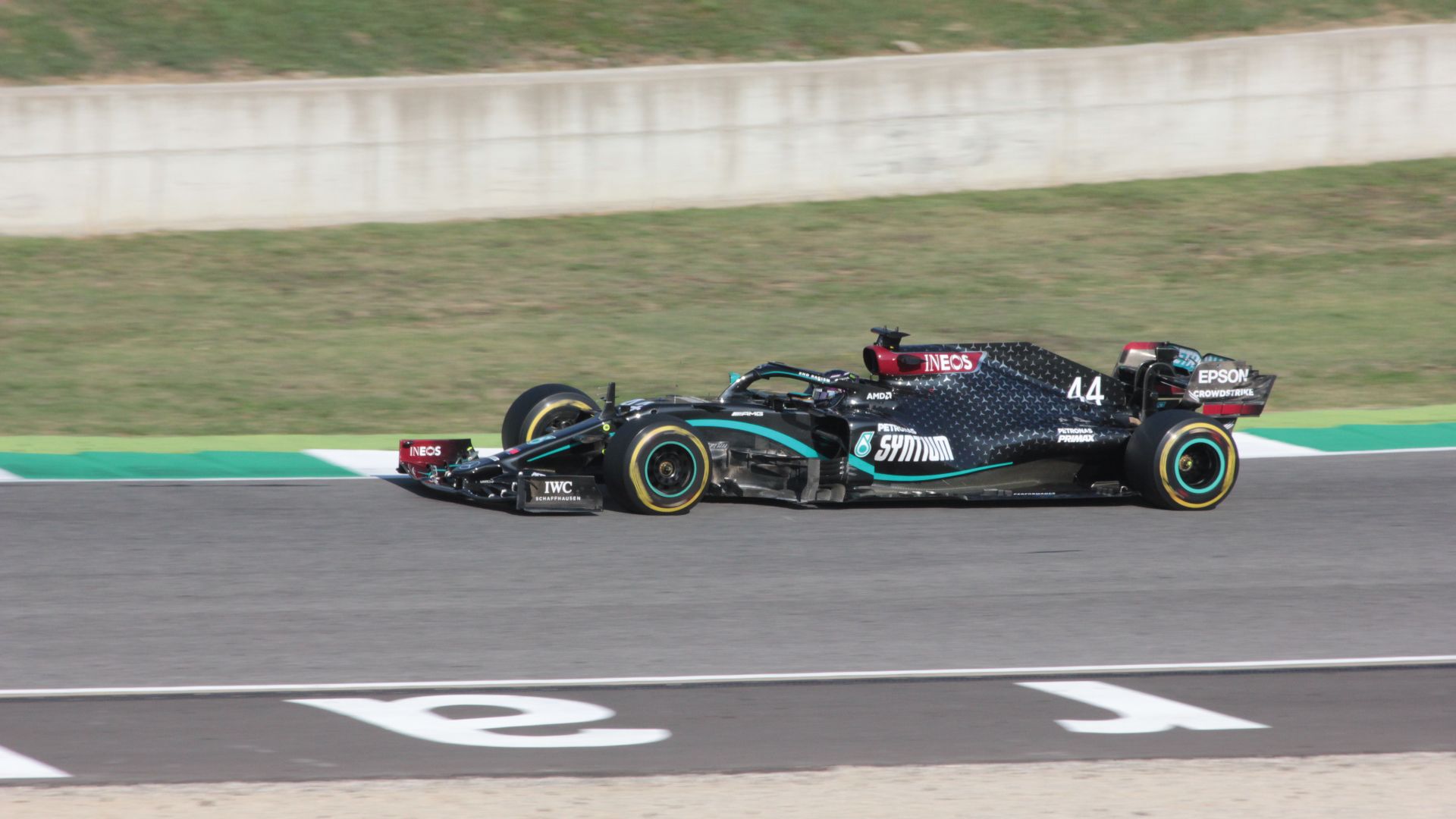 Eustace Bagge, Wikimedia Commons
Eustace Bagge, Wikimedia Commons
Dale Earnhardt: The Intimidator
NASCAR’s most feared competitor, Dale Earnhardt raced with a no-nonsense, aggressive style. Fans adored him, rivals respected him, and his black No. 3 Chevy became an icon of American motorsport. With seven NASCAR Cup Series titles, Earnhardt defined stock car racing for a generation.
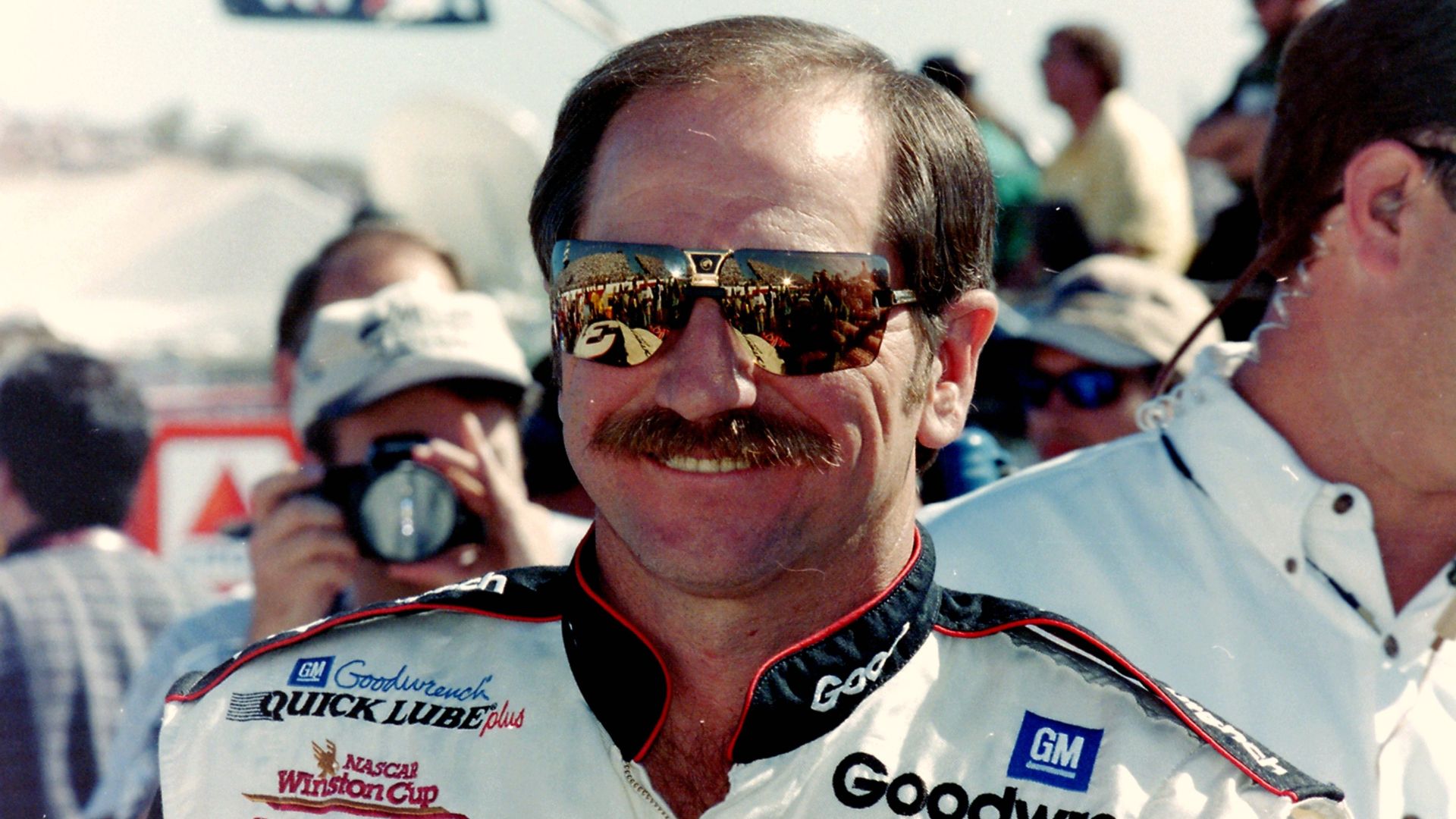 Darryl Moran, Wikimedia Commons
Darryl Moran, Wikimedia Commons
Chevrolet Monte Carlo: The Black No. 3
Earnhardt’s black Chevrolet Monte Carlo was more than a car—it was a symbol. Sleek, tough, and fast, the Monte Carlo carried him to victory lane countless times, including his long-awaited Daytona 500 win in 1998. Its thunderous V8 and unmistakable livery made it one of NASCAR’s most famous machines.
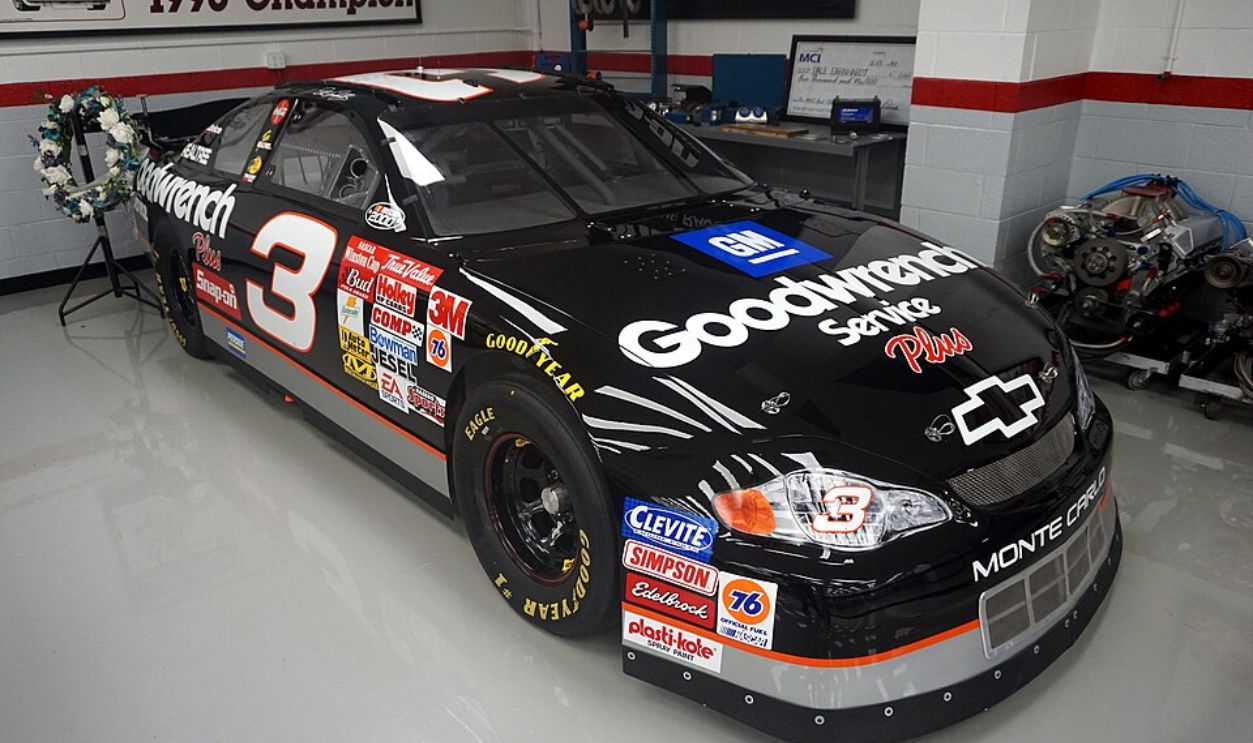 Michael Barera, CC BY-SA 4.0, Wikimedia Commons
Michael Barera, CC BY-SA 4.0, Wikimedia Commons
Juan Manuel Fangio: The Maestro
Before Schumacher, before Senna, there was Fangio. The Argentine driver ruled the 1950s, winning five World Championships with four different teams. His calm precision and unmatched car control made him the gold standard of racing greatness.
Mercedes-Benz W196: Fangio’s Silver Arrow
The W196 was a technical masterpiece of its time, featuring a straight-8 engine and revolutionary streamlined bodywork. Fangio piloted this machine to back-to-back championships in 1954 and 1955, often making his rivals look like amateurs. It remains one of the most valuable cars ever sold at auction.
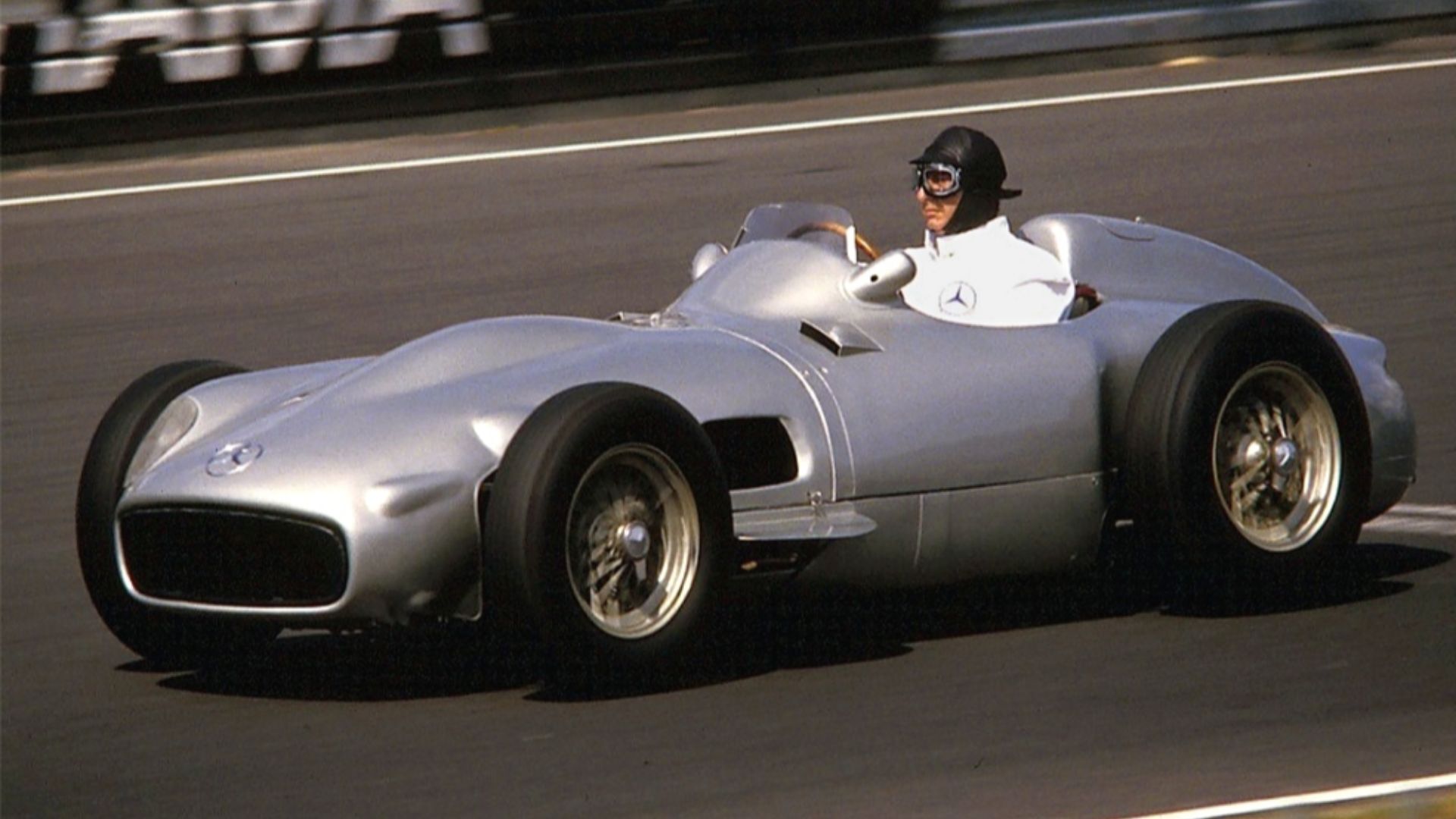 Lothar Spurzem, Wikimedia Commons
Lothar Spurzem, Wikimedia Commons
Niki Lauda: The Comeback King
Niki Lauda’s story is one of courage and resilience. After a near-fatal crash in 1976 that left him badly burned, he made an astonishing comeback just six weeks later. With three World Championships, Lauda is remembered as much for his fighting spirit as his driving skill.
Ferrari 312T: The Championship Car
The Ferrari 312T, with its flat-12 engine and innovative transverse gearbox, was Lauda’s weapon of choice. He piloted it to his first championship in 1975 and was leading again in 1976 before his accident. The 312T remains a symbol of both Ferrari dominance and Lauda’s indomitable will.
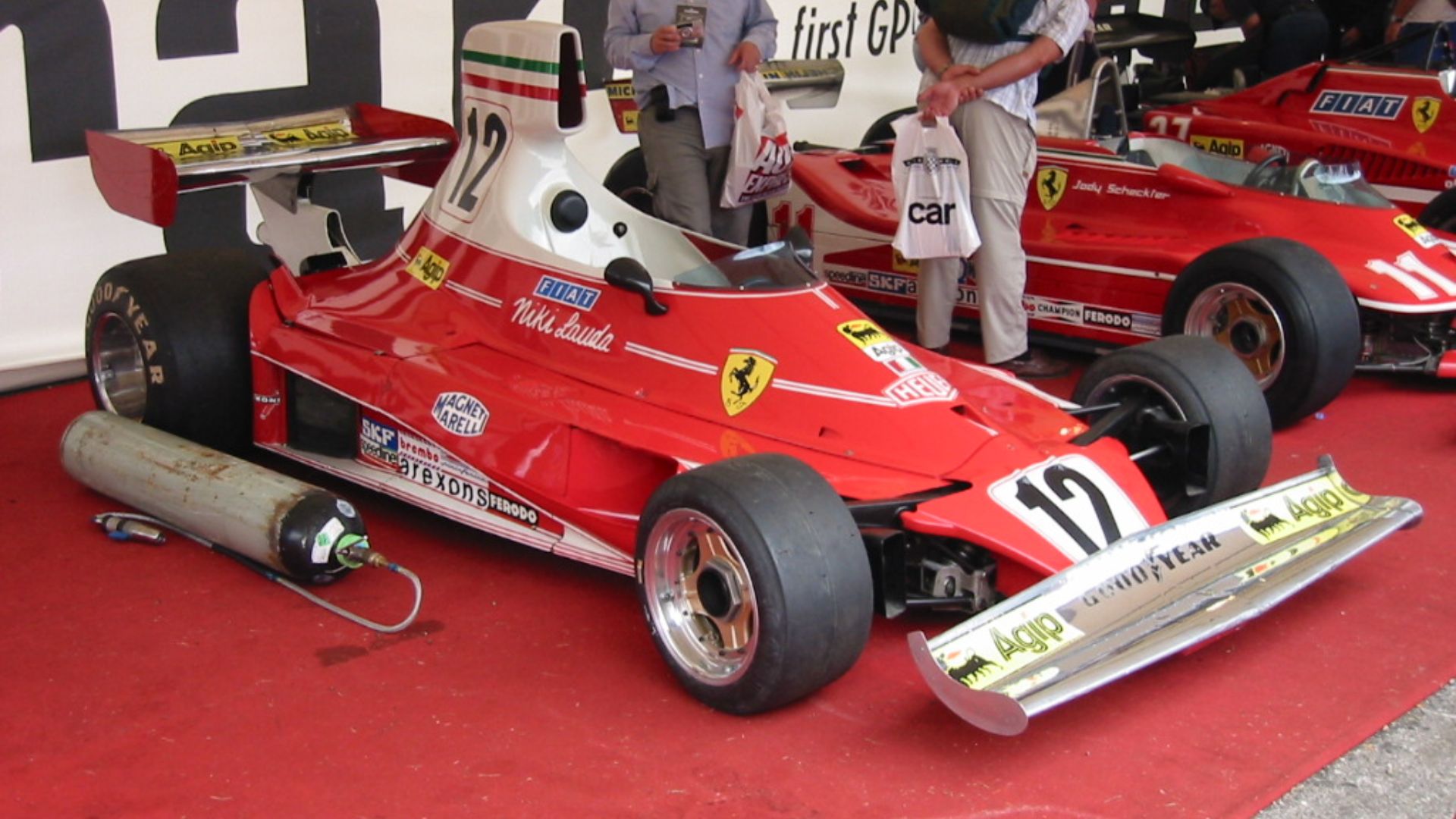 edvvc from London, UK, Wikimedia Commons
edvvc from London, UK, Wikimedia Commons
Richard Petty: The King of NASCAR
With 200 career wins and seven championships, Richard Petty is simply “The King.” Always seen with his cowboy hat and sunglasses, Petty’s charisma matched his dominance on the oval. His impact on NASCAR helped turn stock car racing into a national obsession.
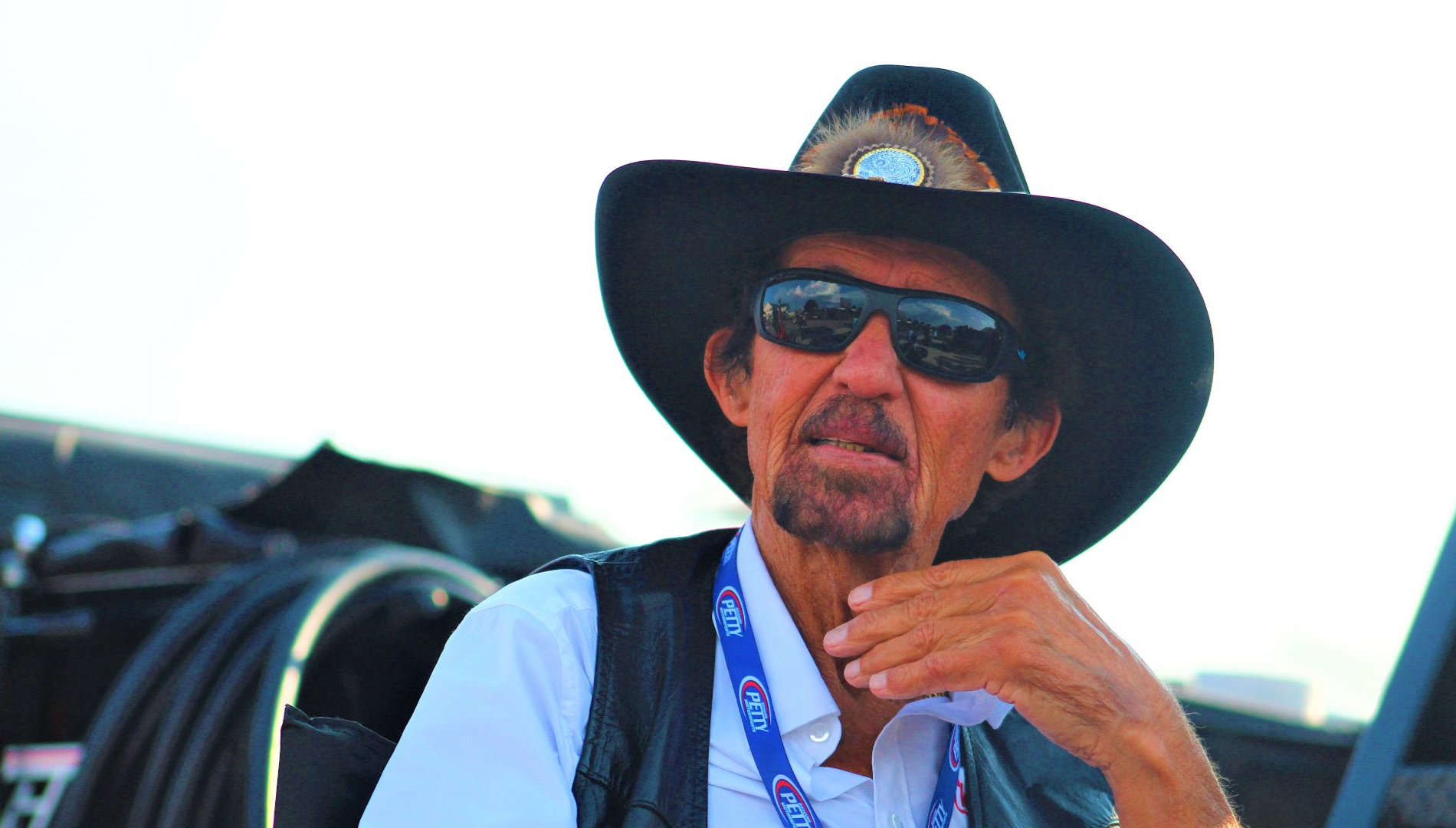 Zach Catanzareti Photo, Wikimedia Commons
Zach Catanzareti Photo, Wikimedia Commons
Plymouth Superbird: The Winged Warrior
Petty’s Plymouth Superbird was outrageous—a muscle car with a nose cone and massive rear wing. Built for aerodynamics, it was nearly unstoppable on superspeedways. Powered by a 426 Hemi V8, the Superbird became as iconic as Petty himself, a true legend of NASCAR engineering.
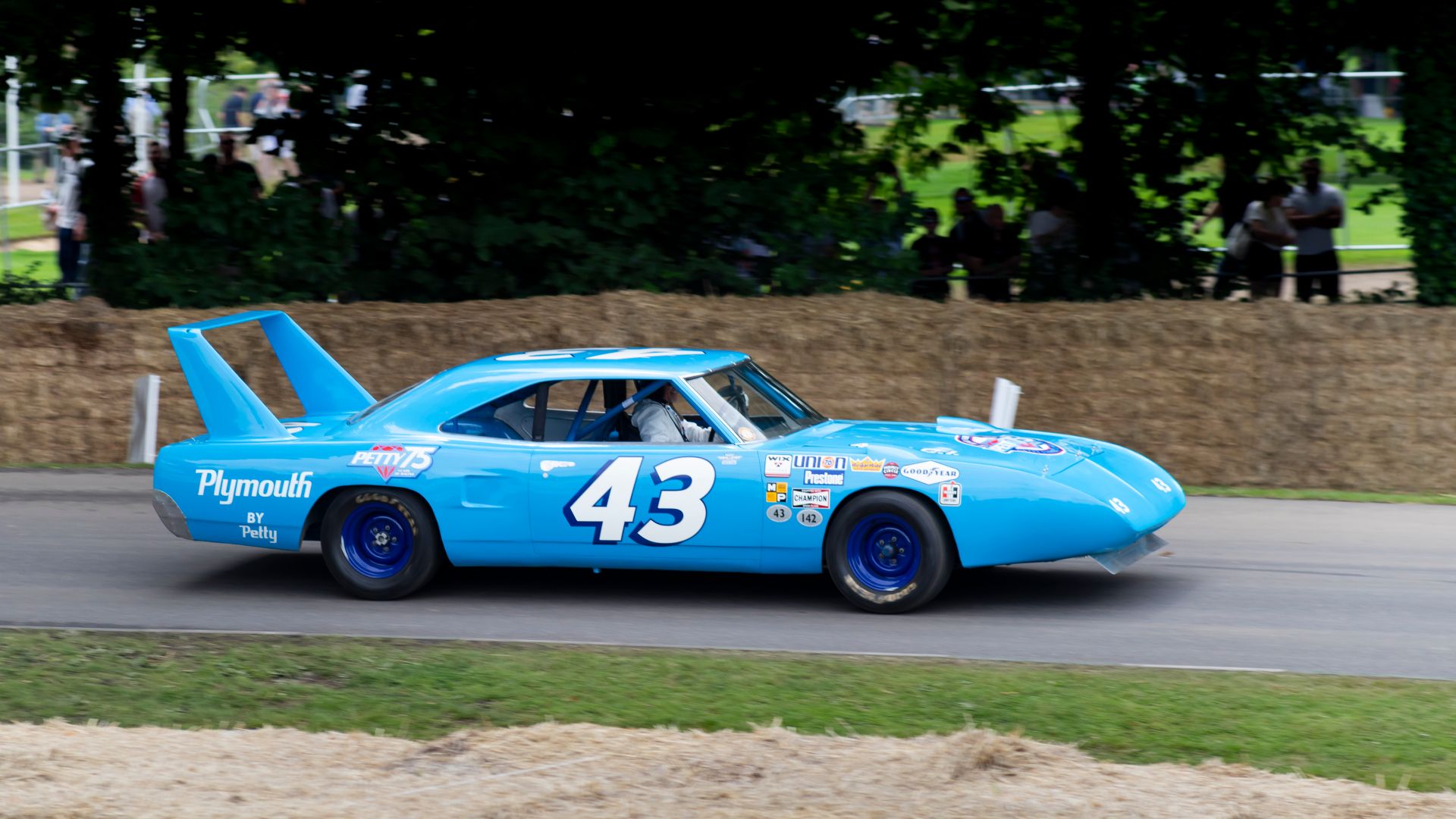 Michele Borioli, Wikimedia Commons
Michele Borioli, Wikimedia Commons
Jim Clark: The Gentleman Racer
Jim Clark, quiet and humble, let his driving do the talking. In the 1960s, he became one of the most versatile drivers in history, winning in Formula One, IndyCar, and even touring cars. His smooth style and blistering pace made him a fan favorite worldwide.
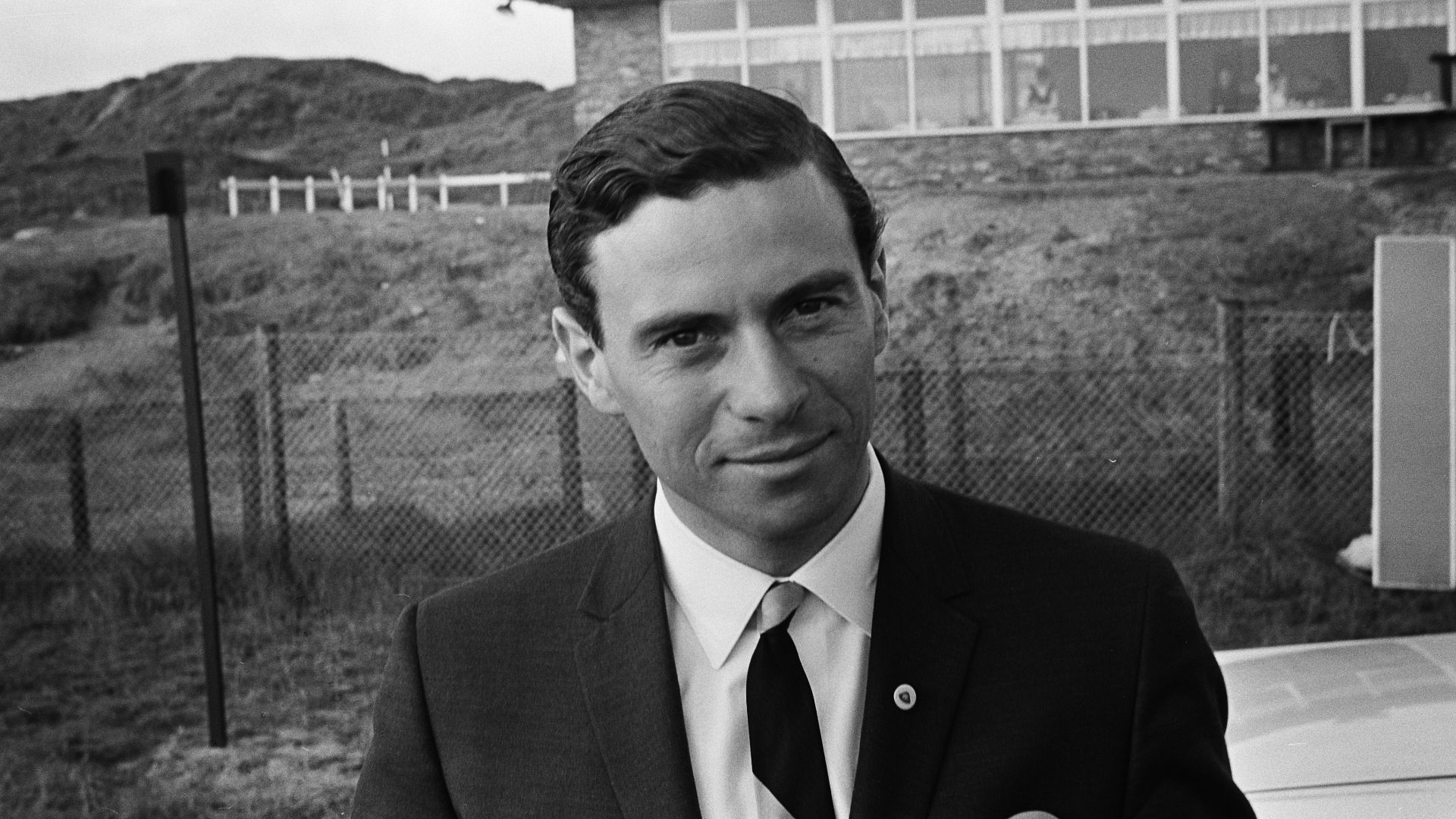 Fotograaf Onbekend / Anefo, Wikimedia Commons
Fotograaf Onbekend / Anefo, Wikimedia Commons
Lotus 38: Conquering Indy
The Lotus 38 was a revolutionary rear-engine car that Clark drove to victory at the 1965 Indianapolis 500. With its Ford V8 and lightweight design, it changed the face of American open-wheel racing forever. Clark became the first non-American in decades to win Indy, making the Lotus 38 a game-changer.
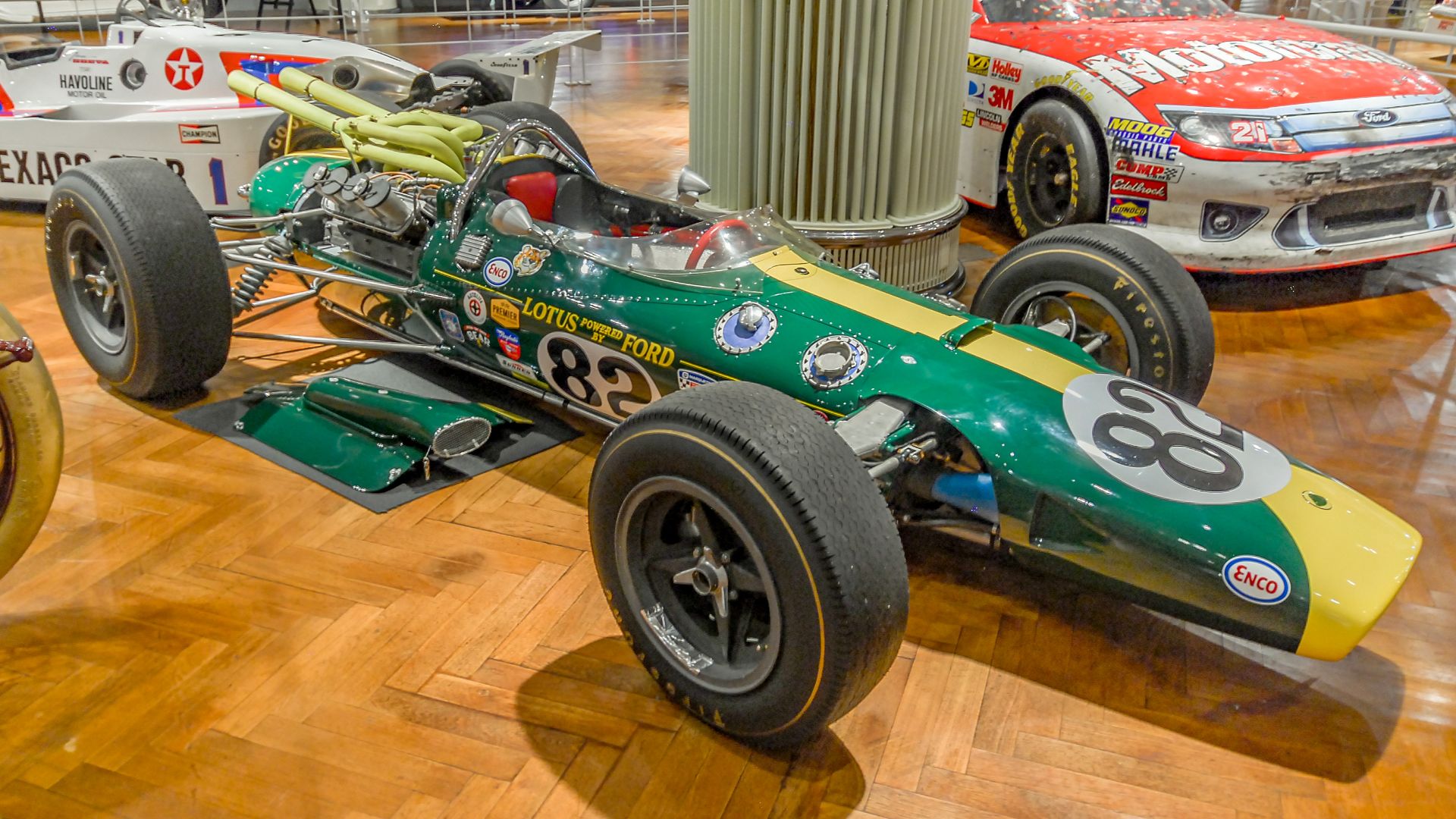 Aaron Headly from Munith, MI, United States, Wikimedia Commons
Aaron Headly from Munith, MI, United States, Wikimedia Commons
Mario Andretti: The American Legend
Mario Andretti is the definition of versatility. He won in Formula One, IndyCar, NASCAR, and even endurance racing. One of only two drivers to have triumphed in the Indy 500, Daytona 500, and Formula One, Andretti remains a global racing icon.
Lotus 79: The Ground-Effect Wonder
Andretti’s 1978 Formula One Championship came courtesy of the Lotus 79, the first truly successful ground-effect car. With its side skirts and aerodynamic downforce, it glued itself to the track. Andretti used it to dominate the season, changing F1 car design forever.
Sébastien Loeb: The Rally Maestro
When it comes to rallying, no one tops Sébastien Loeb. The French driver clinched an incredible nine consecutive World Rally Championships from 2004 to 2012. His precision, car control, and fearlessness on gravel, tarmac, or snow made him a motorsport legend.
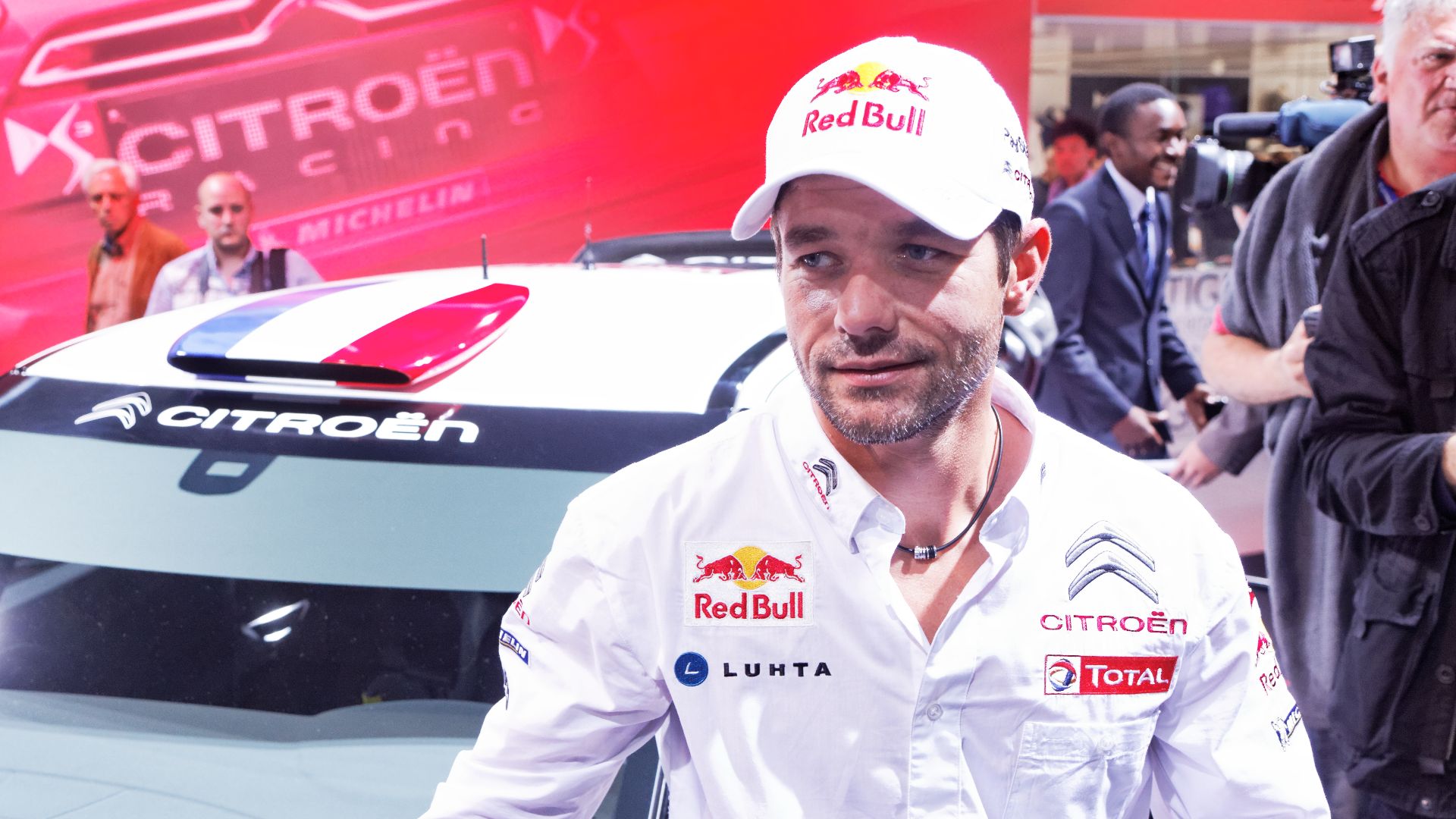 Thesupermat, Wikimedia Commons
Thesupermat, Wikimedia Commons
Citroën Xsara WRC: Rally Royalty
Loeb’s Citroën Xsara WRC became one of the most successful rally cars ever. With a turbocharged 2.0L inline-4 and all-wheel drive, it handled everything from twisting Alpine passes to icy Scandinavian forests. Together, Loeb and the Xsara rewrote the rally record books.
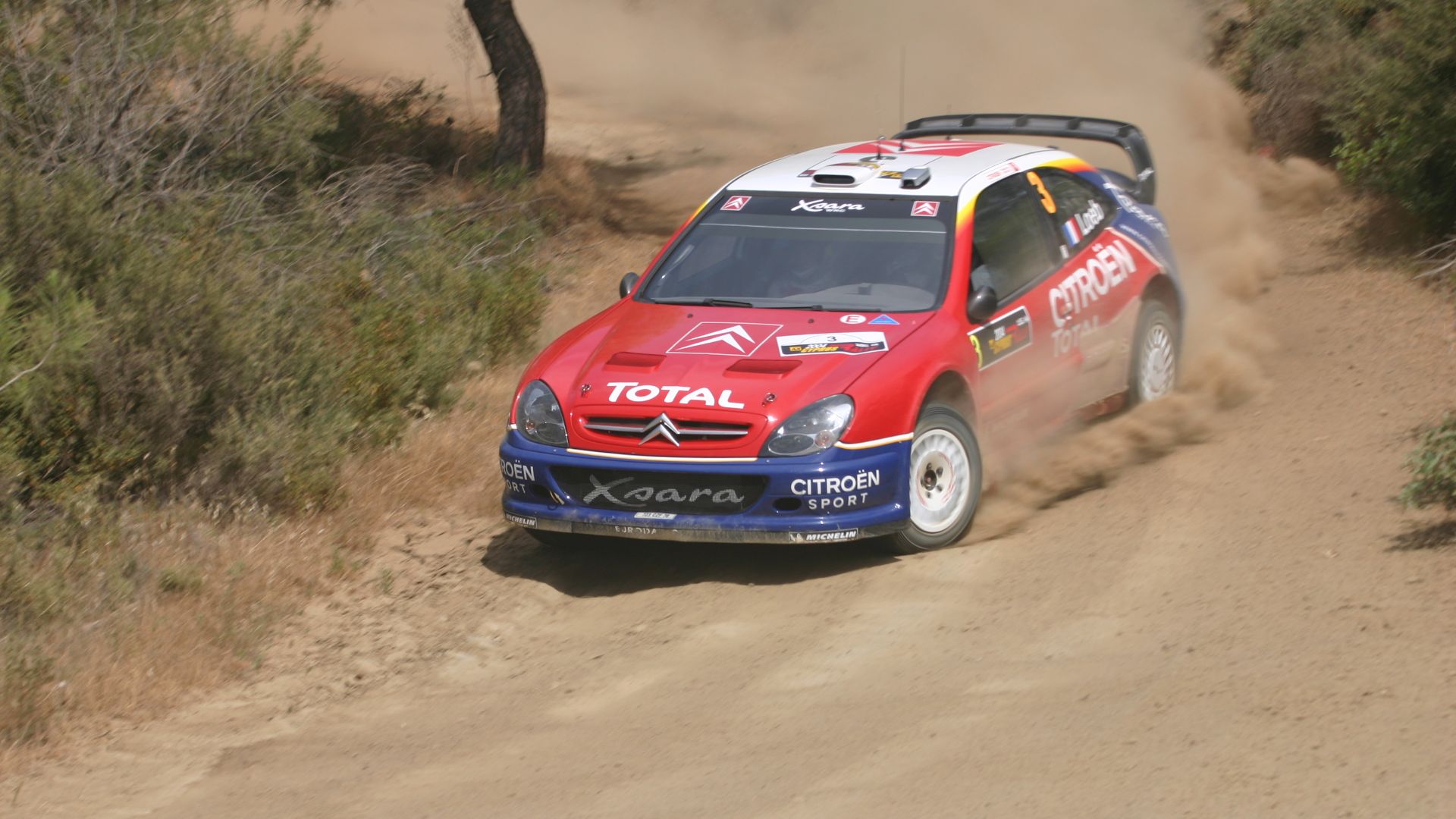 Leonid Mamchenkov, Wikimedia Commons
Leonid Mamchenkov, Wikimedia Commons
Legends Defined By Machines
From Senna’s McLaren to Hamilton’s Mercedes, racing history is filled with iconic pairings between man and machine. These drivers weren’t just talented—they were amplified by cars that pushed the limits of engineering. Together, they created moments that live forever in motorsport lore.
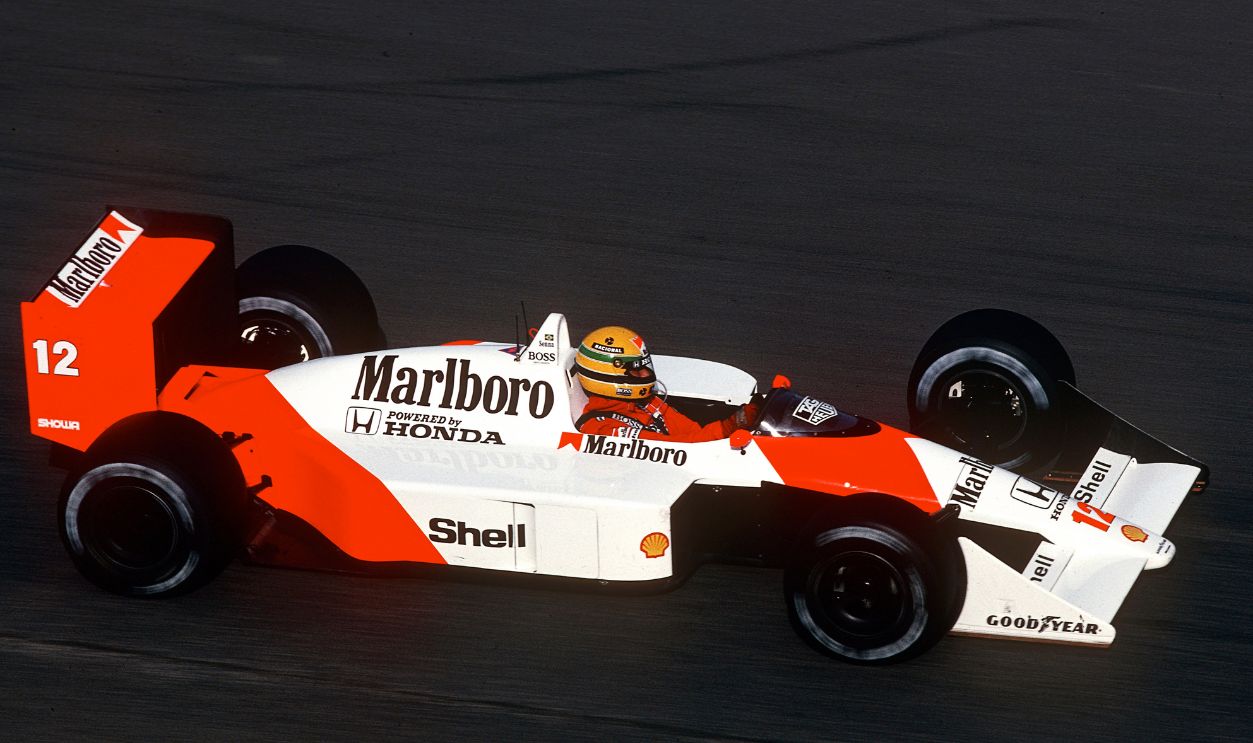 Paul-Henri Cahier, Getty Images
Paul-Henri Cahier, Getty Images
You May Also Like:
Quiz: How Well Do You Know Italian Cars?
Supercars That Were Way Ahead Of Their Time
Nobody Ever Thought These Classic Car Brands Would Go Belly Up

